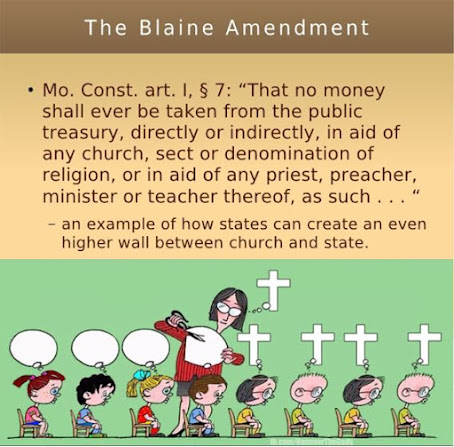The Supreme Court’s big decision on the separation of church and state, explained
Chief Justice Roberts just gave us a reminder that he’s still a conservative Republican.
The Supreme Court’s 5-4 decision in Espinoza v. Montana Department of Revenue, as Justice Sonia Sotomayor writes in dissent, “weakens this country’s longstanding commitment to a separation of church and state.” Yet Chief Justice John Roberts’ majority opinion, which held that Montana may not exclude religious institutions from a program that provides scholarships to private schools, also reads like the next incremental step in a line of cases permitting the government to fund religious education.
As Roberts argues in his opinion, the result in Espinoza flows from the Court’s previous decision in Trinity Lutheran Church v. Comer (2017), which held that the state of Missouri could not exclude religious organizations from a state program that offered “grants to help public and private schools, nonprofit daycare centers, and other nonprofit entities purchase rubber playground surfaces made from recycled tires.”
But the Montana program at the heart of Espinoza involves something far more profound and important than recycled tires: Montana’s effort to subsidize private schools. The state provides a $150 tax credit to state taxpayers who donate to a scholarship program that pays the tuition of private school students. Espinoza asks whether the state is required to include religious schools in this program.
Writing for himself and the Court’s other four Republicans, Roberts answers this question in the affirmative. “A State need not subsidize private education,” he writes. “But once a State decides to do so, it cannot disqualify some private schools solely because they are religious.”
This is a more moderate position than the Institute for Justice (IJ), a libertarian law firm that represented the plaintiffs in Espinoza, took in its brief. That brief seemed to suggest that the Constitution requires states to fund private religious education as an alternative to public school. (After this piece was published, a spokesperson for the Institute for Justice objected to my characterization of their brief. You can read my full analysis of that brief and its implications for public schools here.) CONTINUE READING: Supreme Court deals a blow to the separation of church and state - Vox

Opinion analysis: Court rules that religious schools cannot be excluded from state funding for private schools - SCOTUSblog - https://www.scotusblog.com/?p=294816 via @SCOTUSBlog

Symposium: RIP state “Blaine Amendments” - Espinoza and the “no-aid” principle - SCOTUSblog - https://www.scotusblog.com/?p=294819 via @SCOTUSBlog

Betsy DeVos cheers Supreme Court ruling that gives taxpayer money to religious schools | Salon.com - https://www.salon.com/2020/07/01/betsy-devos-cheers-supreme-court-ruling-that-gives-taxpayer-money-to-religious-schools/

Supreme Court boosts religious schools seeking public aid - ABC13 Houston - https://abc13.com/supreme-court-boosts-religious-schools-seeking-public-aid/6284979/ via @ABC13Houston

Supreme Court opens door to nationwide school voucher expansion - https://educationvotes.nea.org/2020/06/30/supreme-court-opens-door-to-nationwide-school-voucher-expansion/
Big Education Ape: WAPO, NPR, NEA, HUFFPOST, RAVITCH, DEVOS AND POLITICO - Supreme Court eroded the separation between church and state - http://bigeducationape.blogspot.com/2020/06/wapo-npr-nea-huffpost-ravitch-devos-and.html


